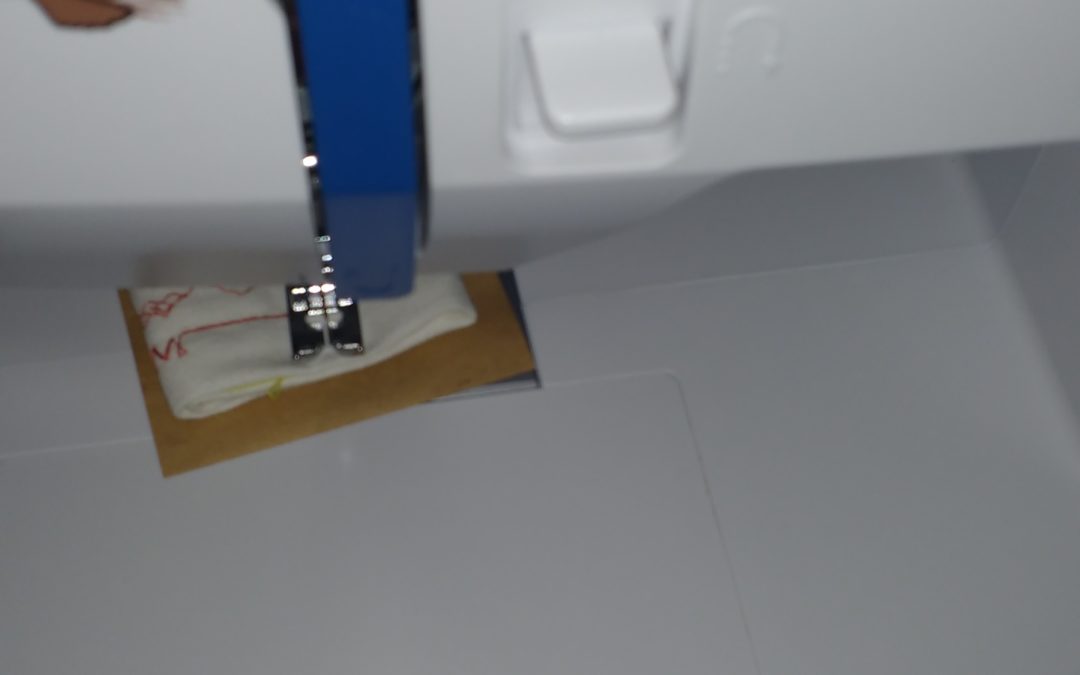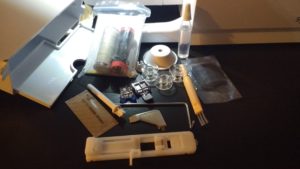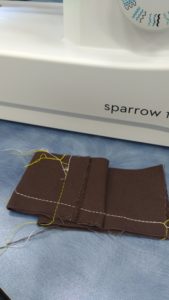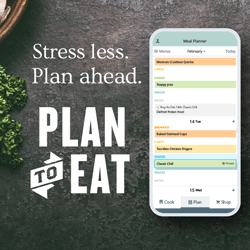One of the questions I get a lot when I’m teaching Sewing Machine Care & Feeding is “What sewing machine do you use?” Many of my students don’t have a machine of their own yet, and they attend class to learn about how to judge the contenders before taking the plunge.
The trouble for me is that my sewing machines (yes, machines in the plural–very plural to my husband’s chagrin) are not really beginner friendly, either in price or in functionality. I cannot, in good conscience, recommend the HV Designer Diamond as a first machine, and it’s very tough to suggest that someone spend nearly $500 for the entry level Viking Emerald. I will continue to recommend a sturdy old machine as the best value and quality for most students: my mom’s old Kenmore is still going strong after many years, and thrift store finds can usually be tuned up and relied on for years.
BUT, it’s a lot easier to teach a class with everyone working on the same machine. As we build our fleet of class machines, Alice and I were really hoping to find a small, lightweight machine that would hold up to tough projects. And many new sewers would feel better buying a machine with a current warranty, so this post is for them.
The Janome Derby Line called out to us, with the siren song of being 1/4 scale and 5lbs. 4 of them fit in a plastic file box and that was a huge selling point, since we’ll be hauling these machines to classes all over Central Indiana, but unfortunately, they just aren’t sturdy enough. (I would recommend them as a first machine for a child who’s still not too serious about learning, or happily buy one for myself as a machine to take on a trip, for minor repairs or basting hems down before hand-stitching them, and I promise to post a thorough review soon!)
Here are the criteria I set for a perfect beginner machine:
- Mechanical (not computerized). If you’re going to learn how to use a machine, I really feel strongly that you need to adjust tension and stitch length manually and gain an understanding of how machines work before graduating to a computerized machine that promised to do all of that for you, but often needs some manual adjustments, especially on specialty fabrics. Also, tune-ups and repairs on computerized machines are more costly. Let’s avoid $100+ repair bills while someone is trying to decide if they actually like sewing.
- Under $200. Most beginners are not keen on spending more than $100 on their first machine. They aren’t even sure they will “get” sewing and that’s a big investment. This usually means that they end up with a very basic, portable machine with plastic gears from a big box store. These machines are great for repairs, piecing, etc., but usually fall short once a beginner graduates to more complex projects– after a couple of home dec projects, cosplay costumes, etc. and they’re in the shop for a tune up because they just aren’t made to hold up to 4 layers of canvas or pleather.
- A variety of functions. It should do the basic straight and zigzag stitches, which is all you really need to learn. But a beginner shouldn’t need to upgrade to a new machine in order to tackle knits without frustration, add a smidge of decorative stitching, or do a buttonhole.
- Extras. These were not deal-breakers, but when searching for the perfect machine, I found that there were some little features that I was disappointed to discover weren’t necessarily considered standard for low-end machines. It would be lovely if you didn’t need to upgrade your machine to be able to adjust needle position or presser foot pressure, drop the feed dogs (or cover them), use a twin needle, or have more than 3 stitch lengths at your disposal.
Very few machines met my list of demands, though the Singer 1234, Brother CS60000i, and Janome Mod 15 came close. I happened, in my searching, upon Eversewn, and I figured they’d be too good to be true, but boy, am I glad I gave these machines a try. Because we’ve settled on the Sparrow 15, I won’t be buying and testing the others, but from the specs, I think they’d be okay runners-up.
The Sparrow 15 has all of the features and extras I list above, including over 30 stitch patterns. Alice and I ran it through the paces and it is sturdy (metal construction, which is hard to come by in a modern “cheap” machine) and quiet. It stitched through 8 layers of canvas like they were quilting cotton! The Maker 200 from the same brand is the same machine, with fewer stitches and a different accent color, so I’d feel confident recommending it as well.
And for intermediate sewists who are looking for a computerized machine, or an embroidery machine, I haven’t tested them yet, but I think you’d be silly not to consider the Sparrow 20, Sparrow 25, or Hero Sewing and Embroidery Machine.
- The Sparrow 15 comes with everything you need to get started. I’m especially enamored of the Mettler thread starter kit (Mettler is a brand I trust).
- We sewed from 2 layers of canvas onto 4, 6, and finally 8. There was no skipping of stitches or additional noise from the motor.




